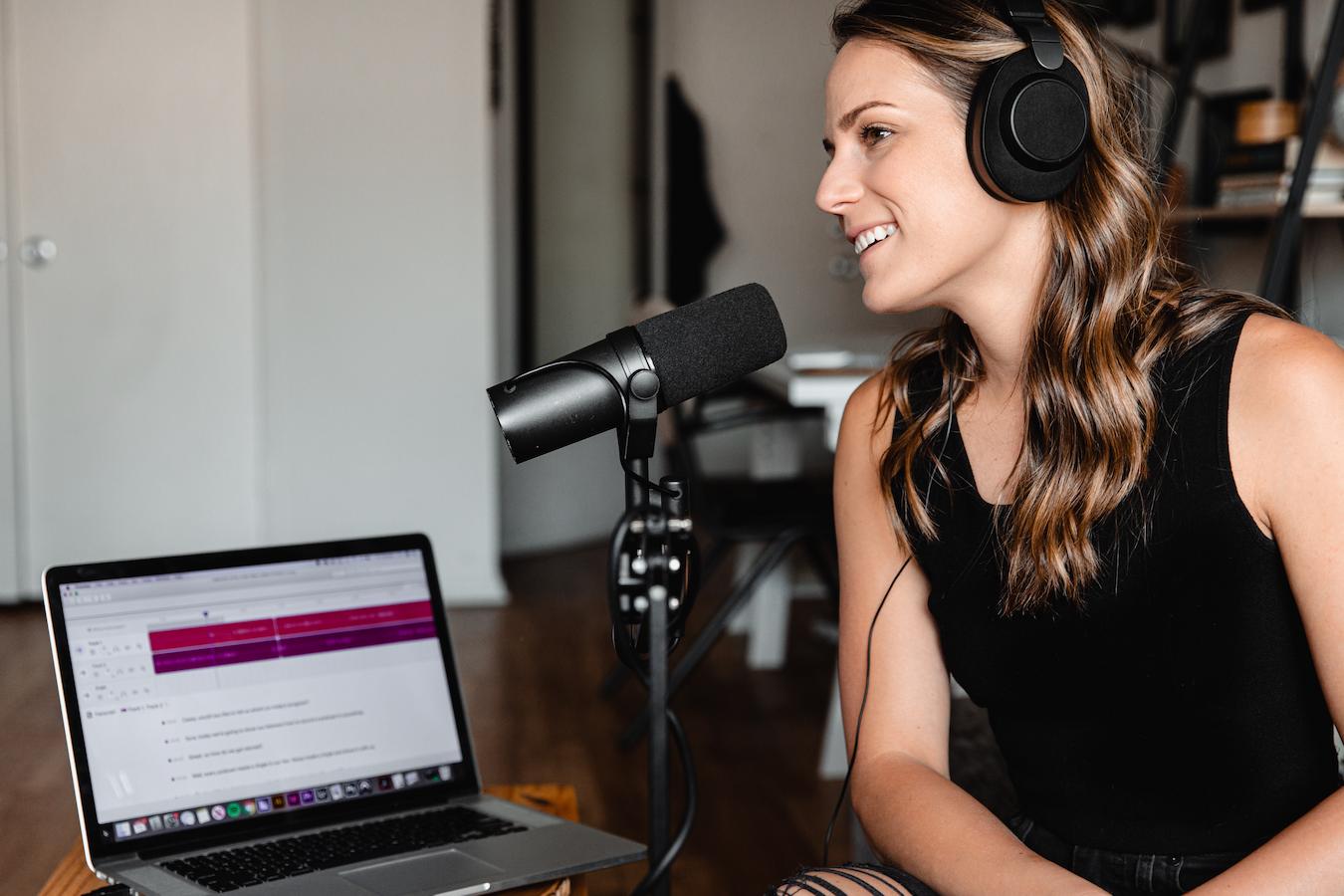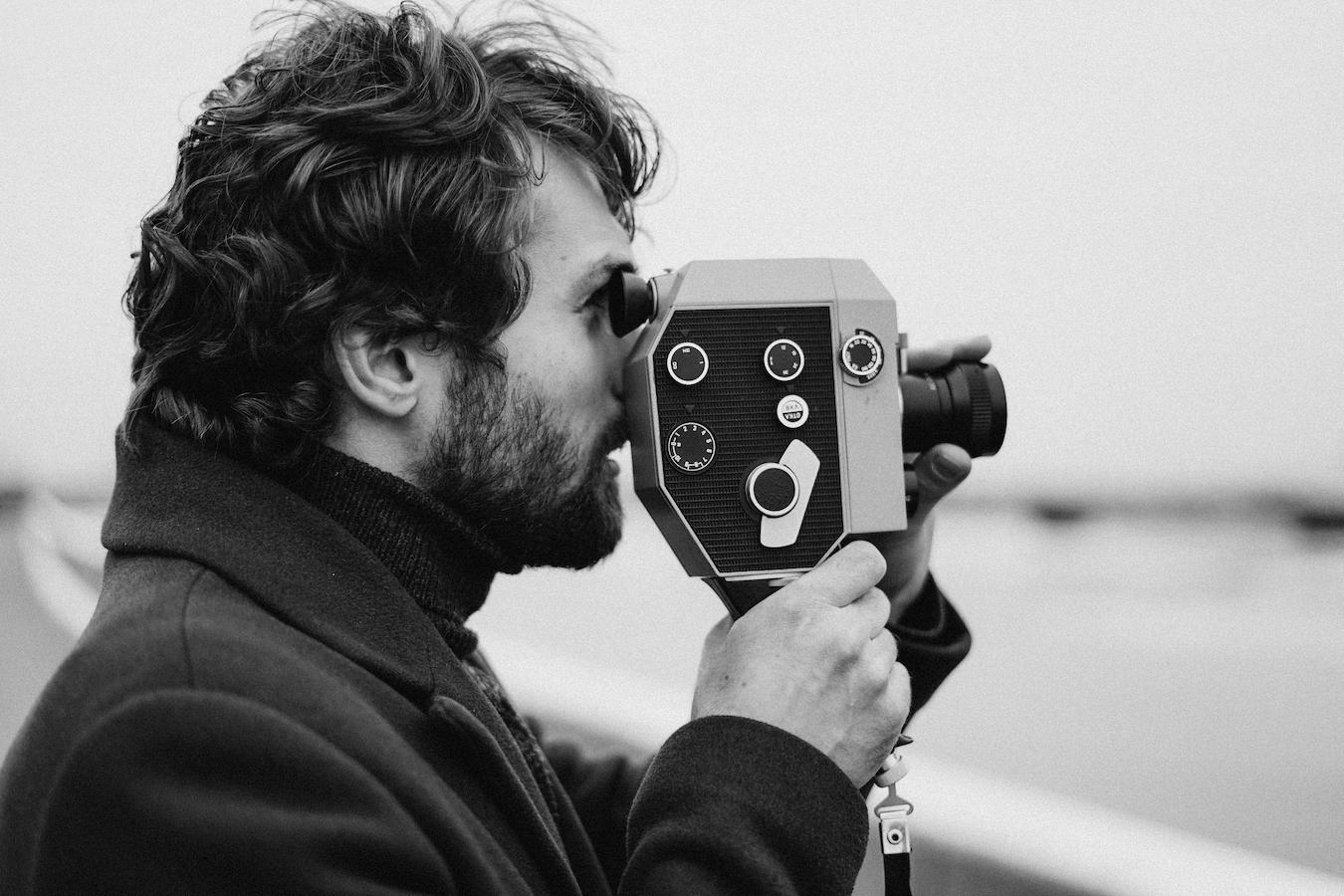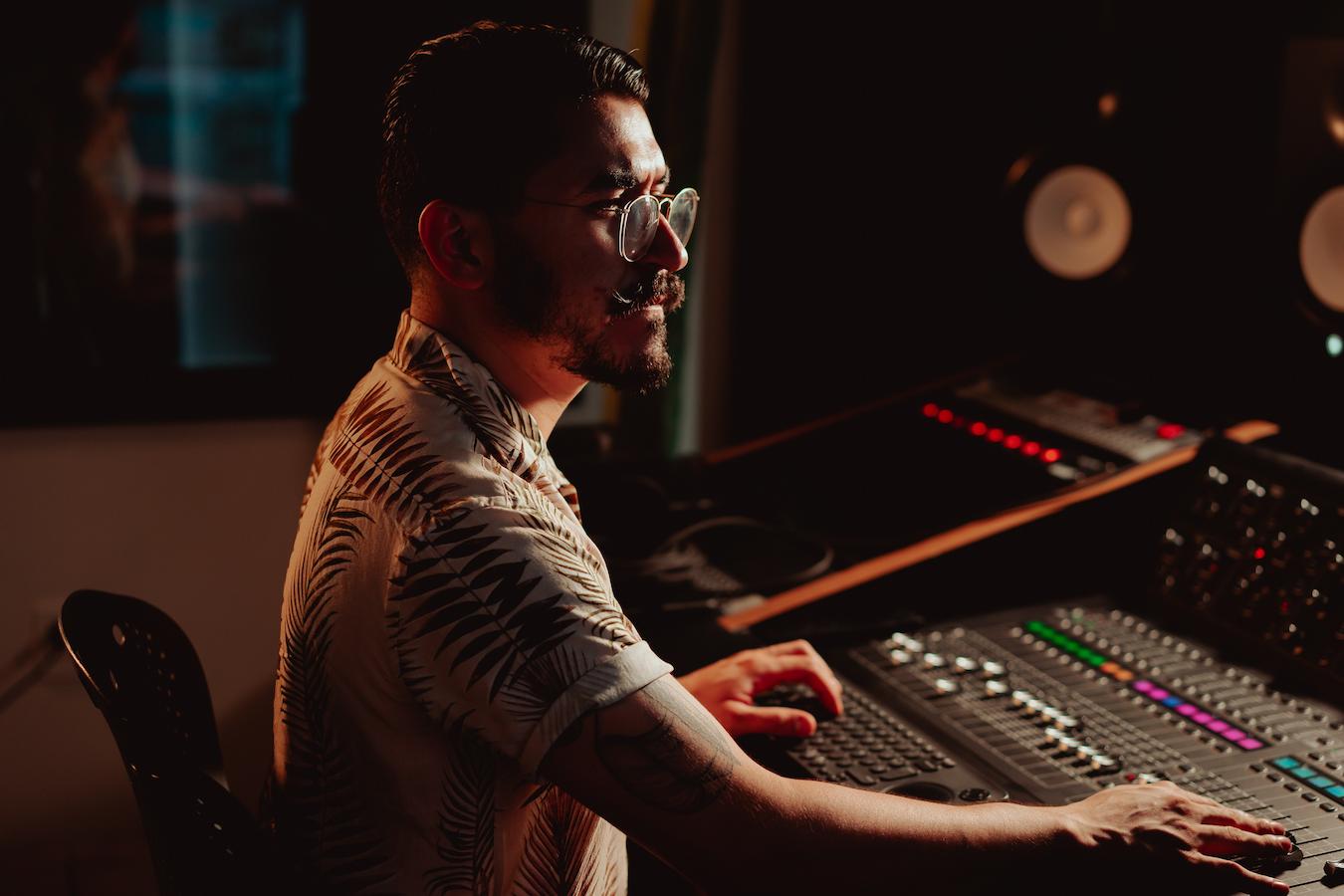Films are amazing. They can transport you to different worlds.
Even introduce you to characters you’ve never seen before. But most importantly, solid films make it look easy as if the entire movie was done in a single take.
Anyone versed in filmmaking will tell you that’s far from the truth. They might even tell you that post-production in and of itself is a God-send.
Especially when it comes to audio and noise. Because let’s be honest. Audio recording on set and outside of a controlled environment can be really difficult.
So what movie magic does the studio invest in? ADR.
The definition of ADR
ADR stands for “automated dialogue replacement.” (You might also know it as “additional dialogue replacement” or “automated dialog replacement” – really, the options are endless!)
But ADR is essentially the process of re-recording audio during post-production. Then layering the ADR recording over the original production track.
And no, it’s not like being a foley artist. Although, there is some overlap. But that’s a different blog post!
During an ADR session, the actor watches scenes of themselves looping and re-performs and re-records dialogue. The goal is to produce finely recorded, clean audio.
See Related: What Is A Live Action Film?
Reasons to use ADR
There are a number of reasons why recorded dialogue on set might need to be re-recorded through ADR. Just ask any sound editor and we’re sure they’ll give you a full list of issues they’ve had to deal with.
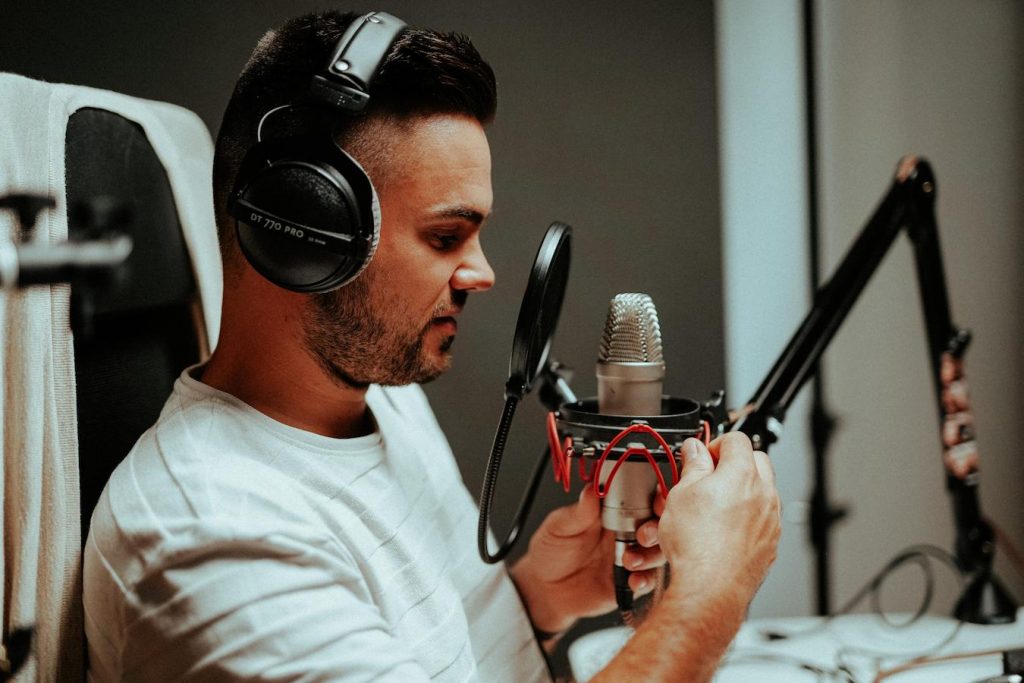
Unintelligible dialogue
Sometimes, actors’ dialogue might not be intelligible to the audience. This could be due to background noise like car horns or room tone.
It might even be due to the film set having produced bad audio because of the lack of right equipment. But ADR allows filmmakers and actors to correct these issues.
And all it takes is a little analysis of lip movement on behalf of the actors. Well, that and a proper sound studio, or sound stage for that matter.
Accents
Sometimes, actors only need to do a re-recorded line in a single scene. But other times, it might be a bigger undertaking.
One of the most famous examples of this is Jodie Foster. She had to re-record all of her lines in Elysium to replace her original French accent.
Talk about post-production being a God-send. Are we right?
Noisy location
Background noises are sometimes inevitable. But with ADR in film, actors can correct issues and even enhance their performance from before.
Additionally, noise might crop up in a scene that just wasn’t noticeable on set. After all, good quality headphones are still unable to block out all sound when on set listening to the actors recording their lines.
Non-verbal sounds
Have you ever noticed in an action movie that you can still hear an actor’s breathing through all the sound effects and sound design? That’s thanks to automated dialogue replacement.

So now, just imagine other actors re-recording their heavy breaths in an audio studio. Pretty funny to imagine, but very effective in film once the crew’s time on the production stage ends.
Story changes
Films go through all kinds of trials and tribulations. And sometimes, voiceover work is required in a more controlled environment because new dialogue has been added to the script.
The process of recording audio for a new scene could greatly enhance the story overall. So this process is crucial for the final product of the film.
How to record ADR
Sure, the goal is to avoid ADR. But how often does a production and performance go without issue?
#1. Pick the scenes that need ADR
Sound editors will need to know exactly which scenes or moments they need to improve audio quality on. So make sure that you’re clear on what exactly you are re-recording.
Who knows. They may get tired of waiting around and move on to the next project!
Bonus: What Is CGI Animation?
#2. Get into a soundproof room
Sure, good sound quality needs a good production sound mixer. But you know what’ll make the sound editors’ job even easier?
A quiet room. There are plenty of modern techniques to try and get rid of excess sound.
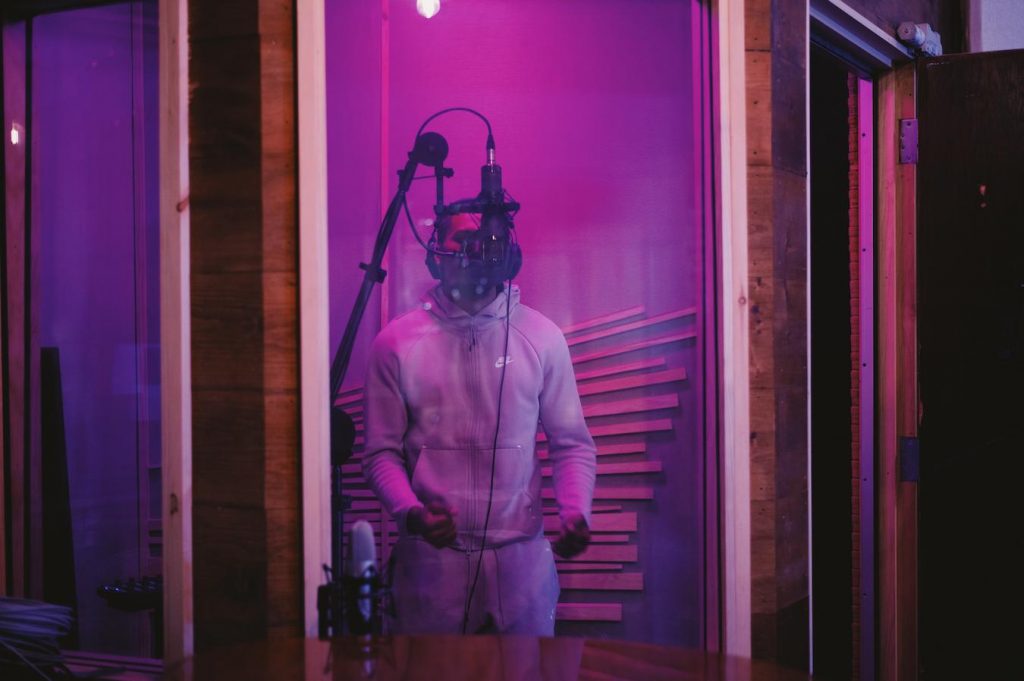
But ADR and the actors delivering their lines will do best in a high-end sound studio. That way, they can focus on the performance alone.
#3. Invest in a high-quality microphone
The point of an actor engaging in the ADR process is to correct mistakes. Not make new ones.
So make sure your studio doesn’t have any other sounds leaking in to muddle the lines. And get a microphone that can record the highest quality sound produced by the actor in question.
They’ll be focused on the looping and the line. Don’t let the actor get distracted by any additional sounds not related to ADR.
#4. Secure multiple takes
That being said, ADR is not a science. It’s an art. An actor can perform a line in any number of ways.
But having options to choose from is the most important thing when it comes to ADR in film. So do as many takes as you can with the actor.
And secure a good variety – even of a single line. In film, it’s always better to have options than having to scrounge together pieces here and there.
#5. Add additional sound effects
ADR in film wouldn’t be complete without sound effects. After all, if you only heard the ADR on film, it’d look pretty disjointed from the scene in question.
That’s why ADR relies on sound effects to institute a materialized environment. Sure, a car horn might have honked at the wrong time on set.
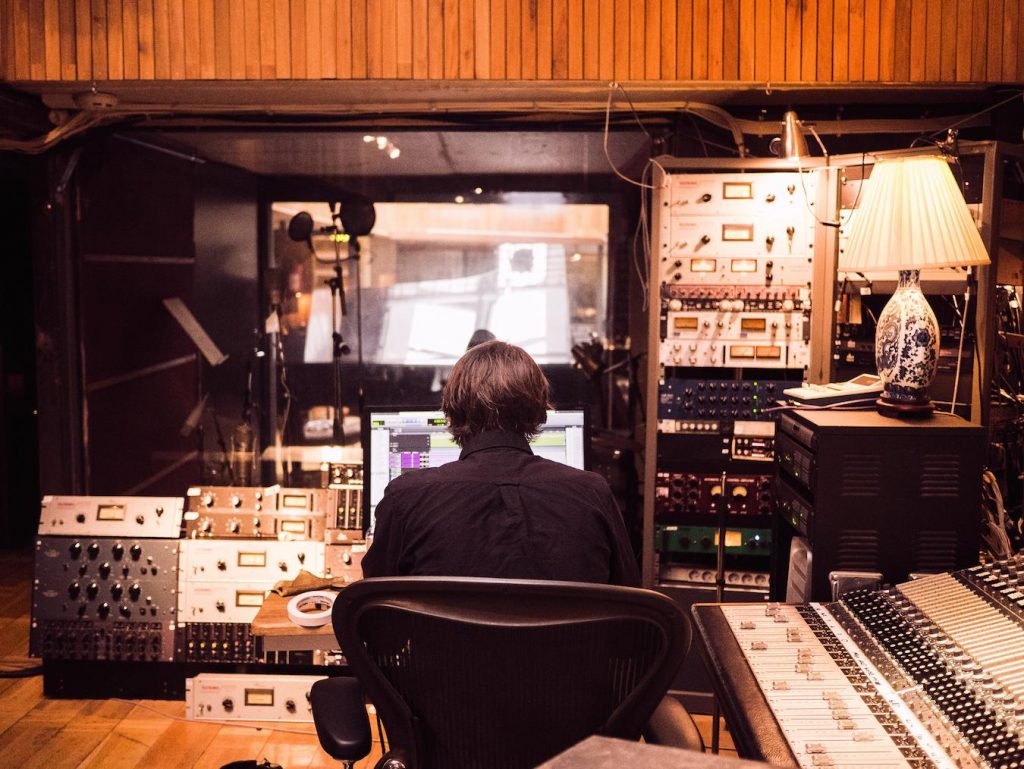
But ADR still requires a car horn somewhere in the mix to make it sound believable. It’s easy to confuse ADR as a simple cut and paste job.
But ADR is actually about weaving these corrections in organically. And that’s where the real mastery takes place.
Get to it!
Hopefully, by now, you understand the process of ADR a little better! So that next project of yours that comes up with some sound issues?
No sweat. ADR mainly requires a quiet and controlled environment. So it’s a fairly accessible tool for filmmakers regardless of their budget.
So get to it! And let ADR enhance your movie like you never thought possible.
Keep Reading: How To Make Movie Props
–
Mack Sennett Studios is a historic full-service photography studio, production sound stage, and private event space in Silver Lake, serving as creative home to the Los Angeles cultural renaissance for the last 100 years. Check us out on Facebook, Twitter, Vimeo, Pinterest, Yelp and Instagram.

